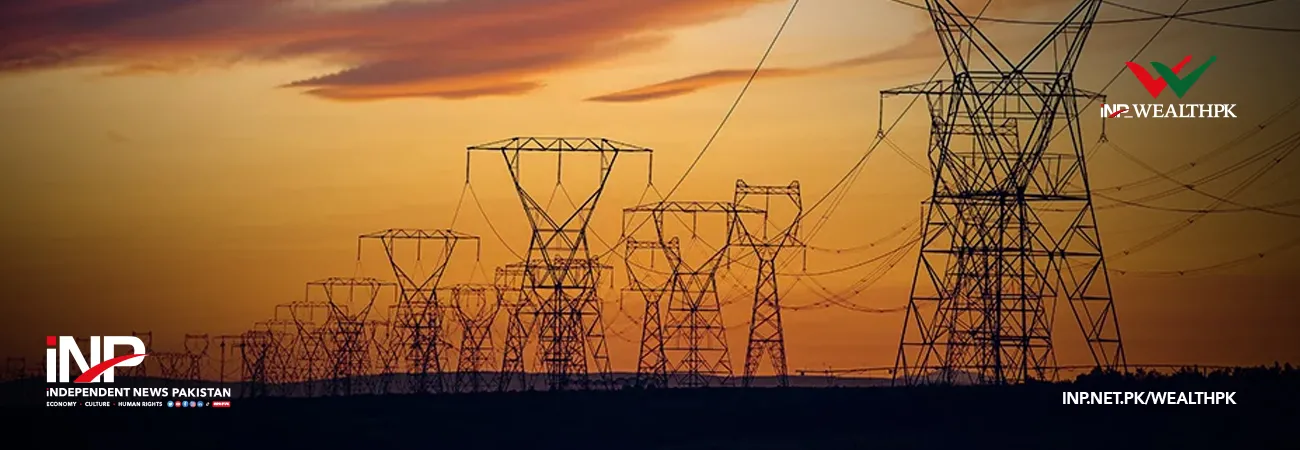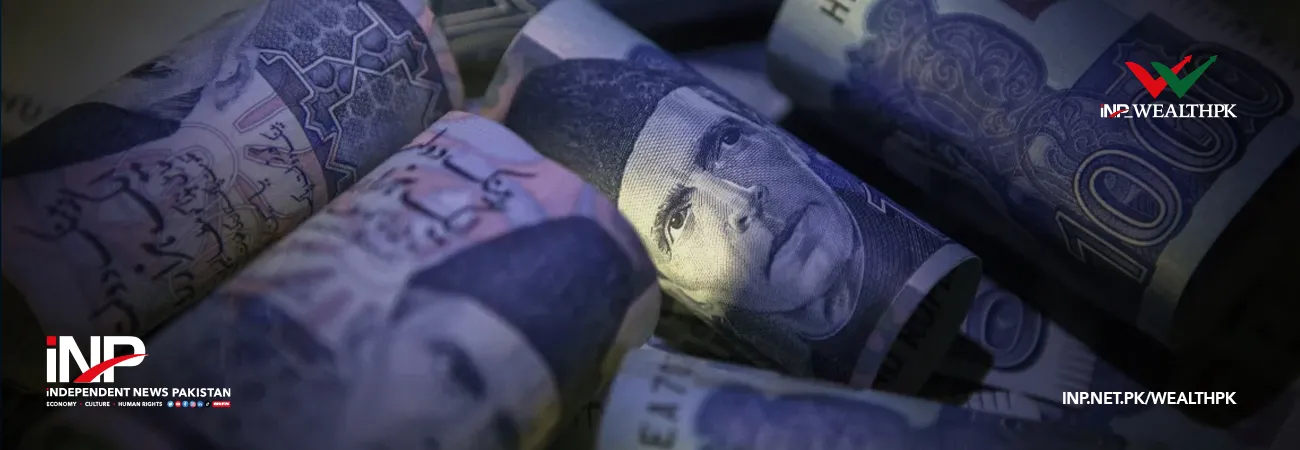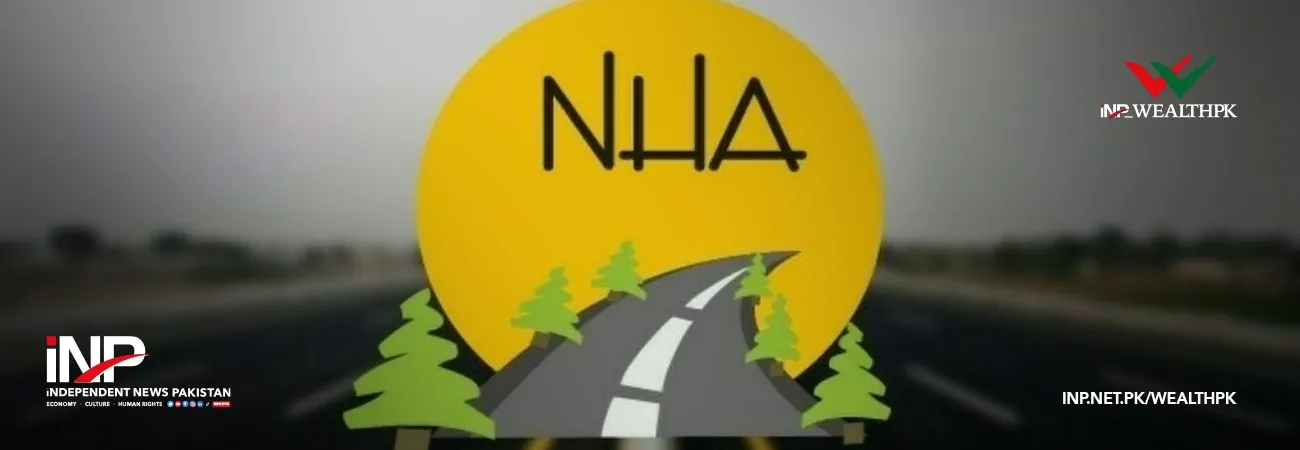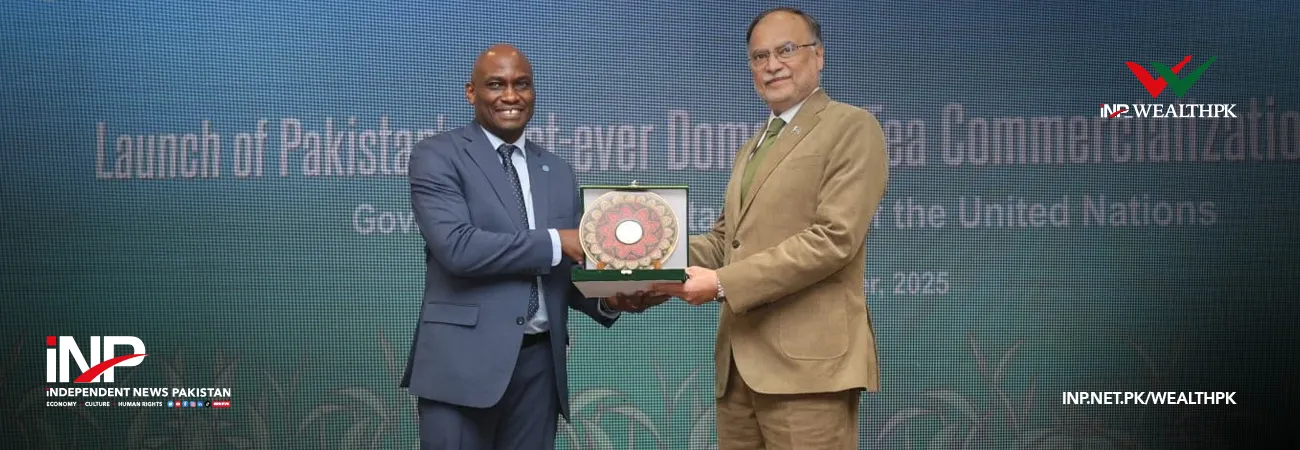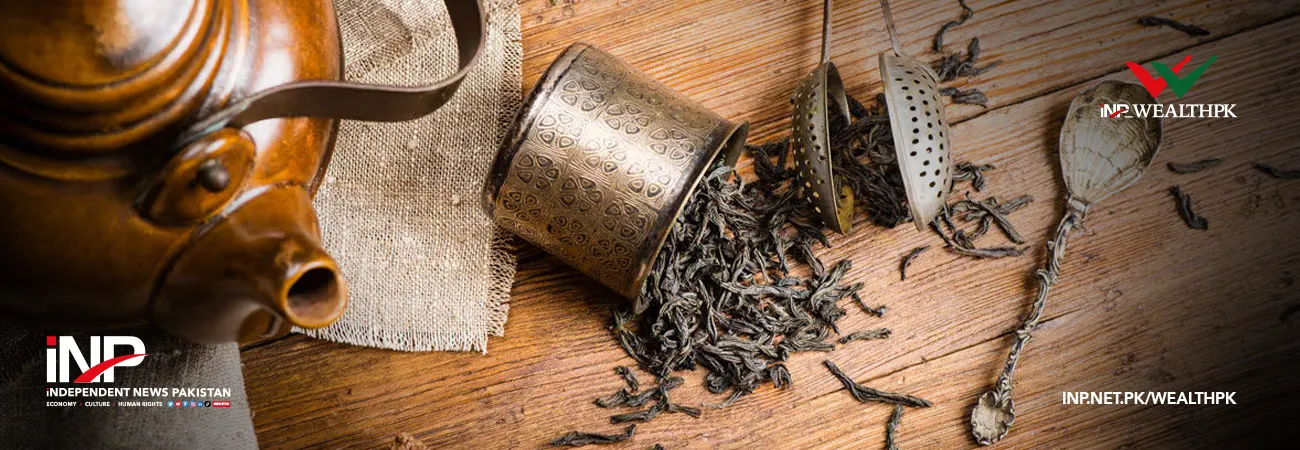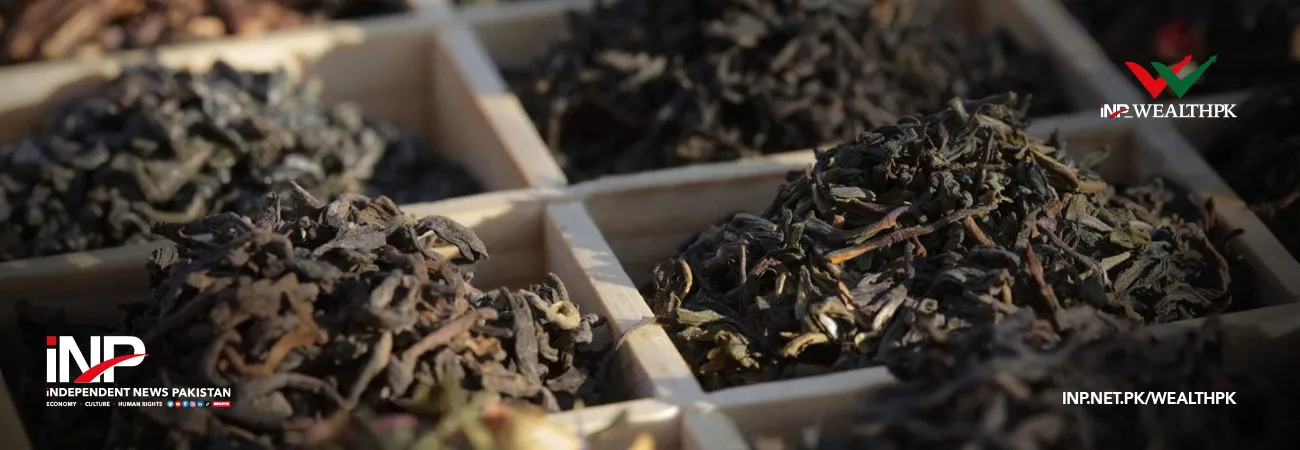INP-WealthPk
Amir Saeed
Pakistan’s growing clean energy capacity and rooftop solar adoption are driving a decentralised power shift, challenging traditional utilities and emphasising the need for regulatory reforms.
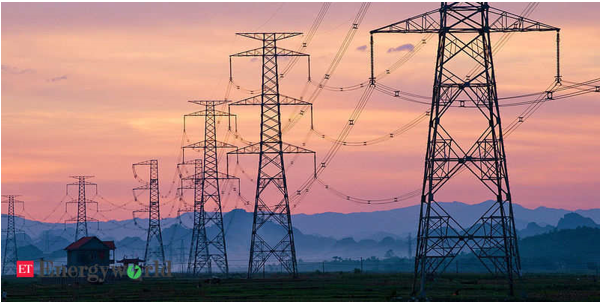
The Pakistan Economic Survey 2024-25 highlights the crucial role of the energy sector in driving the country’s economic and industrial growth, influencing productivity, trade competitiveness, and quality of life. During the first nine months (July-March) of FY25, the country continued to grapple with issues related to energy affordability, sustainability, and security. Nevertheless, key reforms, capacity improvements, and changes in the energy mix point to steady progress toward building a more resilient and diversified energy sector.
The survey details that as of March 2025, the total installed electricity generation capacity stood at 46,605MW, reflecting a positive shift toward cleaner energy sources. Hydel, nuclear, and renewable sources together made up for 44.3% of this capacity, an increase compared to previous years, while the share of thermal power dropped to 55.7%. In terms of electricity generation, Pakistan produced 90,145GWh during the July-March period, with hydel, nuclear, and renewable sources contributing 53.7%, underscoring a move toward indigenous and environmentally friendly energy options.
The household sector remained the largest consumer, using nearly half of the country’s electricity. The economic survey also covers the role of private investment through the Private Power and Infrastructure Board (PPIB), as well as recent trends in petroleum, natural gas, and coal production and consumption. These developments collectively illustrate a gradual but significant shift in Pakistan’s energy landscape, with a growing emphasis on clean and sustainable energy sources.
Speaking to WealthPK, Shafqat Hussain Memon, an energy researcher at Mehran University of Engineering and Technology, called the development “a silent yet significant shift in the country’s energy landscape.” “The surge is not driven by government-led utility-scale solar farms, but by households, commercial setups, and small businesses turning to rooftop solar to cope with long power cuts, rising fuel costs, and the unsustainable burden of backup diesel generators,” he explained.
“It is a people-led response to soaring tariffs, unreliable supply, and the structural failure of the grid to serve consumers fairly, especially in rural and underserved areas.” Memon stated that the rise in solar panel imports aligns with Pakistan’s growing energy crisis: a volatile mix of unaffordable electricity, persistent loadshedding, and ballooning circular debt. “As grid-reliant users — especially commercial and high-paying consumers — switch to rooftop solar for cost savings and reliability, the resulting grid defection is reshaping the economics of the power sector.”
“Distributed solar is rapidly decentralising the power model,” Memon noted. “But this transformation, while empowering consumers, is also eroding the revenue base of distribution companies. As high-consumption users exit the grid, the burden shifts to remaining consumers, further compounding the tariff spiral and threatening the sustainability of the power sector.” “We are at a tipping point,” Memon cautioned. “Without regulatory reforms and a strategic demand-side response, this distributed energy revolution could destabilise the grid further.”
He stressed that managing the shift requires more than just regulating solar growth; it also demands creating new sources of electricity demand, particularly through industrial and productive use, to ensure grid stability and retain revenue. The energy expert highlighted that even as rooftop solar expands in urban centres, deep-rooted issues of energy inequity and access remain unaddressed.
Credit: INP-WealthPk



